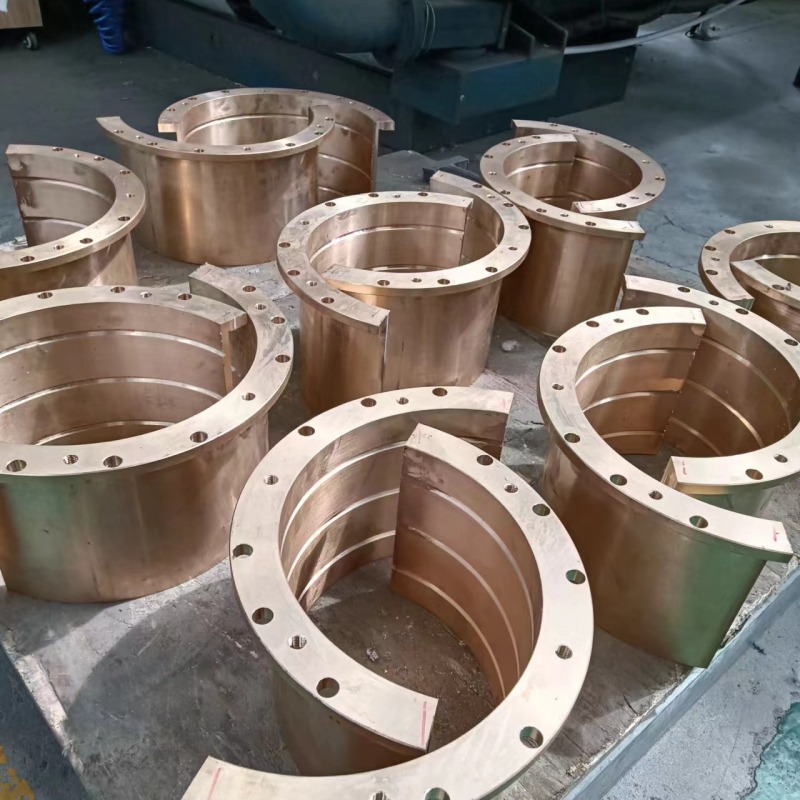
Home > News > Industry news > What is the classification of split bushings?
Split bushings are classified based on various criteria, including their structure, material, application, and design. Here’s a detailed overview of the classifications:
Axial Split Bushings: Split along the axis (parallel to the shaft). These are often used in applications where the bushing needs to be installed or removed without disassembling the entire assembly.
Radial Split Bushings: Split radially (perpendicular to the shaft). This design is used in applications where ease of installation and removal is crucial, particularly where space constraints exist.
Metallic Split Bushings: Made from metals such as steel, copper, bronze, or aluminum. These are used for their strength, durability, and resistance to wear and high temperatures.
Steel Split Bushings: Known for high strength and resistance to mechanical stress.
Copper Split Bushings: Offer good conductivity and resistance to corrosion.
Bronze Split Bushings: Provide excellent wear resistance and self-lubrication properties.
Composite Split Bushings: Made from a combination of metals and non-metals, or entirely from non-metallic materials like plastics or rubber. They offer advantages like lower weight, corrosion resistance, and flexibility.
Plastic Split Bushings: Lightweight and resistant to corrosion, used in less demanding applications.
Rubber Split Bushings: Provide vibration damping and shock absorption, suitable for applications involving significant vibration.

Self-Lubricating Split Bushings: Contain embedded lubricants such as graphite or PTFE (Teflon) to reduce friction without requiring external lubrication.
Lubricated Split Bushings: Require external lubrication, typically from oil or grease. These are used in high-load applications where additional lubrication is necessary for smooth operation.
Industrial Split Bushings: Used in machinery and equipment in industries like mining, construction, and manufacturing. They are designed to handle high loads and harsh conditions.
Automotive Split Bushings: Found in automotive engines, suspension systems, and other components requiring high durability and resistance to dynamic loads.
Electrical Split Bushings: Used in electrical equipment, transformers, and generators. These bushings are designed to handle electrical insulation and provide mechanical support.
Clamp-Type Split Bushings: Use a clamping mechanism to secure the bushing in place, allowing for easy adjustment and removal.
Threaded Split Bushings: Feature internal threads that allow them to be screwed onto or into other components, providing a secure fit and easy removal.
Each type of split bushing is designed to meet specific needs in terms of load capacity, ease of maintenance, and environmental conditions, making them versatile components in various mechanical and industrial applications.
+86 17719955658
AddMazhuang Village, Yuhe Town, Huixian City, Xinxiang City, Henan Province, China
E-maildora@hsjxchina.com
Copyright @ 2024 Haishan Bronze Casting No:84463
Copyright @ 2024 Haishan Bronze Casting
Copyright @ 2024 Haishan Bronze Casting